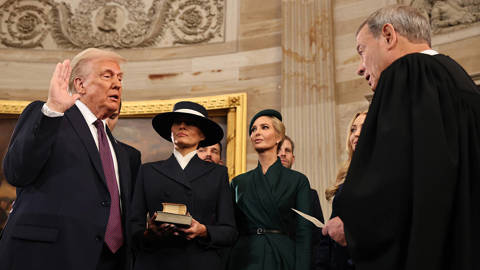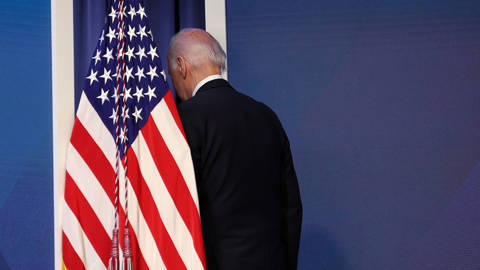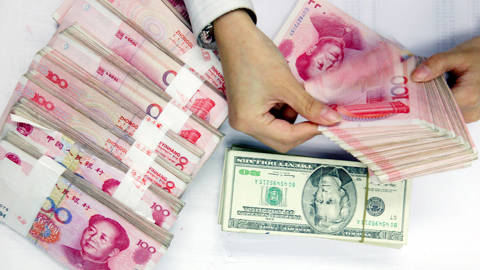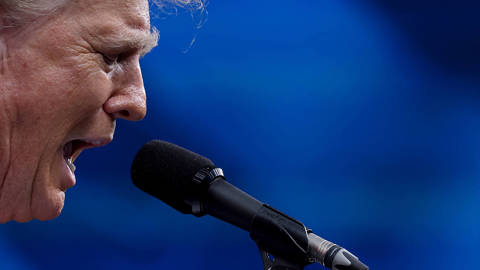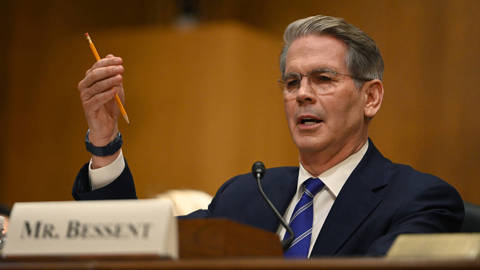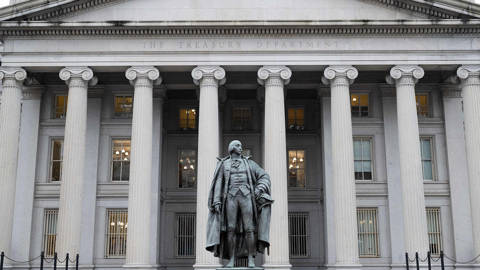America’s Blinders
The concept of “the West” corresponds to reality. Though there are vast differences between, say, Moldova and Finland, all the West is united by the three main pillars of its civilisation: Greek philosophy, Roman law and the Judeo-Christian religion. It also conforms to reality to say that for most of the 19th and 20th centuries “the” West dominated the world, in that with the single exception of Japan, all the powers during these two-hundred years were either European or European colonial offshoots, namely the USA. It may also be true that in the early 21st century, following its extended period of global hegemony, “the” West is in relative decline.
In the early 19th century, Asia’s share of global GDP stood at about 60%, while that of the West (Europe + US) was 22%. By mid-20th century, Asia’s share had dwindled to 16%, while the West’s had ballooned to 55%. The rise of the West during this era was incontrovertible, even if not all Western nations participated.
In the early 21st century, Asia’s share has significantly increased to 42%, while the West’s has decreased to 37%. This would clearly seem to indicate a trend. Demographics tell a starker narrative of decline. At its apogee in 1900 Europeans represented 25% of world population; by 2000 it was less than half that figure and according to projections will dwindle to 7% by 2050. (Asia remains constant at 60%, though with some major realignments within the continent, especially between a demographically booming West, Central and South Asia, and a rapidly aging East Asia.)
Thus, while it would seem to be a fact that the West is declining, the concept of an “Asia rising” is elusive. One would have to ask: “what Asia?” From Syria to Thailand to Korea, to cite only three Asian destinations, it is abundantly clear that while the West corresponds to a reality, Asia, outside a purely geographic delineation, does not. This is not surprising. “Asia” is a termed coined by the West. It is derived from the Ancient Greek "Ἀσία", believed to have been coined by Herodotus (484–425BCE) to refer to Anatolia, the “Asian” part of Turkey. In the course of time the words “Asia”, “the East” and “the Orient” became synonymous, but all sharing the characteristic that they define not so much “what is”, but “what is not”: Asia is not Europe, the East is not the West, the Orient is not the Occident. In Eurocentric parlance Asia was divided in respect to its proximity to (the “Near East”) or distance (the “Far East”) from Europe. The word “Asia” does not exist in any indigenous Asian language. In Japanese, for example, “Asia” is Japanised to “ajia” アジア, in the katakanascript used to transliterate foreign words.
Although through history there were encounters and exchanges between the various kingdoms of Asia, notably through the Silk Road and the Spice Route, since the rise of the European Seaborne empires in the late 15th century onwards, increasingly exchanges were between Asia and Europe rather than within Asia. The Japanese attempted to create a “greater East Asia Co-Prosperity Sphere”, but that failed and is hardly remembered with nostalgia by those who were subjected to it.
Today, if one imagines a contemporary Marco Polo setting out from Venice to discover “rising Asia”, travelling through West and Central Asia, with the possible exception of the countries of the Gulf, he would be struck more by turmoil and deprivation (eg the plight of the 1.5 million Syrian war refugees in Jordan). Coming to South Asia and to its principal country, India, he would note the progress and impact of recent growth, yet he would also be distressed to find that some 40% of Indian children under the age of five suffer from malnutrition and that there are more illiterate women in India than in the rest of the world combined. India may be “rising”, but it still has a long way to go.
Getting to “East Asia” he would find that this region had indeed come a long way over recent decades. Southeast Asia, notorious as one of the world’s bloodiest battlefields in the 1960s, has been transformed into a thriving market place. While Japan would seem to have not only joined the West in its erstwhile rise, but stayed with it in its decline, he would find risen South Korea – a really very successful story – had replaced it as regional economic and high tech powerhouse. But it would be in reaching China, about which his 13th/14thcentury namesake had written so effusively, that he would finally see “the great rise”.
Where China is headed over the next few decades obviously remains to be seen, but it would seem another incontrovertible fact that in the early 21st century the Middle Kingdom is back – big time! Not only is it pre-eminent in East Asia, but its global economic clout extends literally to the four corners of the earth. China is the global Asian power to be reckoned with.
So China has risen economically and geopolitically. But China is not Asia and Asia is not China. Not only that, but what would strike our contemporary Marco Polo is how much regional tension China’s rise, which includes numerous acute territorial disputes, seems to have generated. China’s neighbours, including South Korea, Japan, Vietnam, the Philippines, Burma, Indonesia, among others are rather nervous about China’s rise. Marco Polo would shake his head in wonderment at the attempts of Vietnam to secure closer defence relations with the US to withstand the Chinese menace. The Economist (“India and China: Parsnips unbuttered”, 25 May 2013) reports that opinion polls demonstrate that “more than four-fifths of Indians consider China to be a security threat. Three-quarters want closer ties with America”.
Furthermore, the four billion Asians hardly know each other. While the US’s hard power may be declining, it remains global supremo in soft power. Hundreds of thousands of bright young Asians flock en masse to American universities to study, compared to which intra-Asian student exchanges are a mere trickle. Asia per se is not rising and Asians are not rising in concert. There are some countries in Asia that are rising, a few spectacularly so, but there are also many that remain poor, backward and torn by strife.
The key question of the 21st century is whether Asian countries will rise in an environment of order, harmony and peace, or in disorder, disharmony and conflict. One feature that all Asia shares, from West (Israel and possibly Iran), to Central (Pakistan), to South (India), to East (China and possibly North Korea), is heavy nuclear armament. The stakes in Asia are very high.
